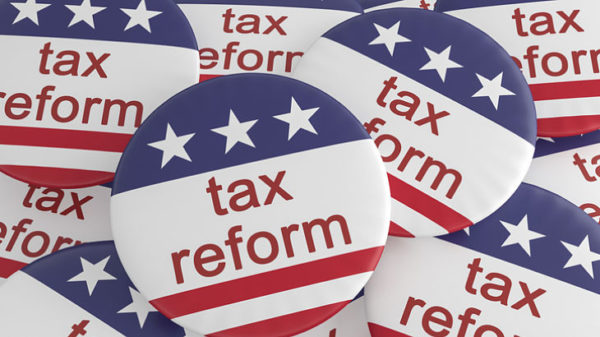By: Amanda Wilson
After months of speculation, President Trump and the Republicans have announced their framework for tax reform. While specific details are not known, the key elements of the framework include:
- Reducing the corporate tax rate to 20% (current rate is 35%).
- Providing for a 25% tax rate (current maximum rate for individuals is 39.6%) for income from small businesses owned as sole proprietorships, partnerships and S corporations.
- Providing for individual tax bracket rates of 12%, 25%, and 35% (a change from the current 7 rates that go from 10% to 39.6%).
- Repealing the estate tax and the generation skipping tax.
- Repealing the individual alternative minimum tax.
- Doubling the standard tax deduction to $12,000 for individuals and $24,000 for married couples.
- Increasing the child tax credit.
- Eliminating most itemized deductions for individuals (including deductions for state and local taxes). There will still be tax incentives for mortgage interest and charitable contributions.
- Limiting corporations ability to deduct interest.
- Allowing corporations to expense the cost of new investments in depreciable assets other than structures for at least 5 years.
- Repealing Section 199 deduction for domestic production.
- Replacing the current tax system for U.S. companies operating abroad. U.S. companies will receive a 100% exemption on dividends from related foreign subsidiaries. Any existing accumulated foreign earnings will be treated as repatriated, with the corresponding tax spread out over several years. Earnings held in illiquid assets will be subject to a lower tax rate than earnings held in cash or cash equivalents.
It should be noted that the reform proposal does not currently change the top tax rates for capital gains and dividends (20%) nor does it impact the Affordable Care Act’s 3.8% net investment income tax imposed on high earners.


